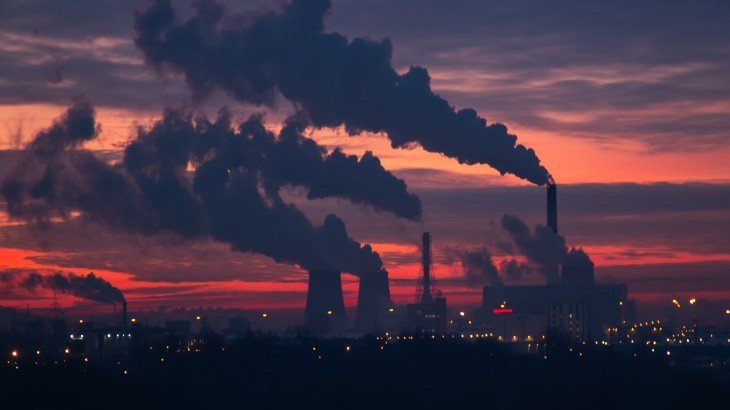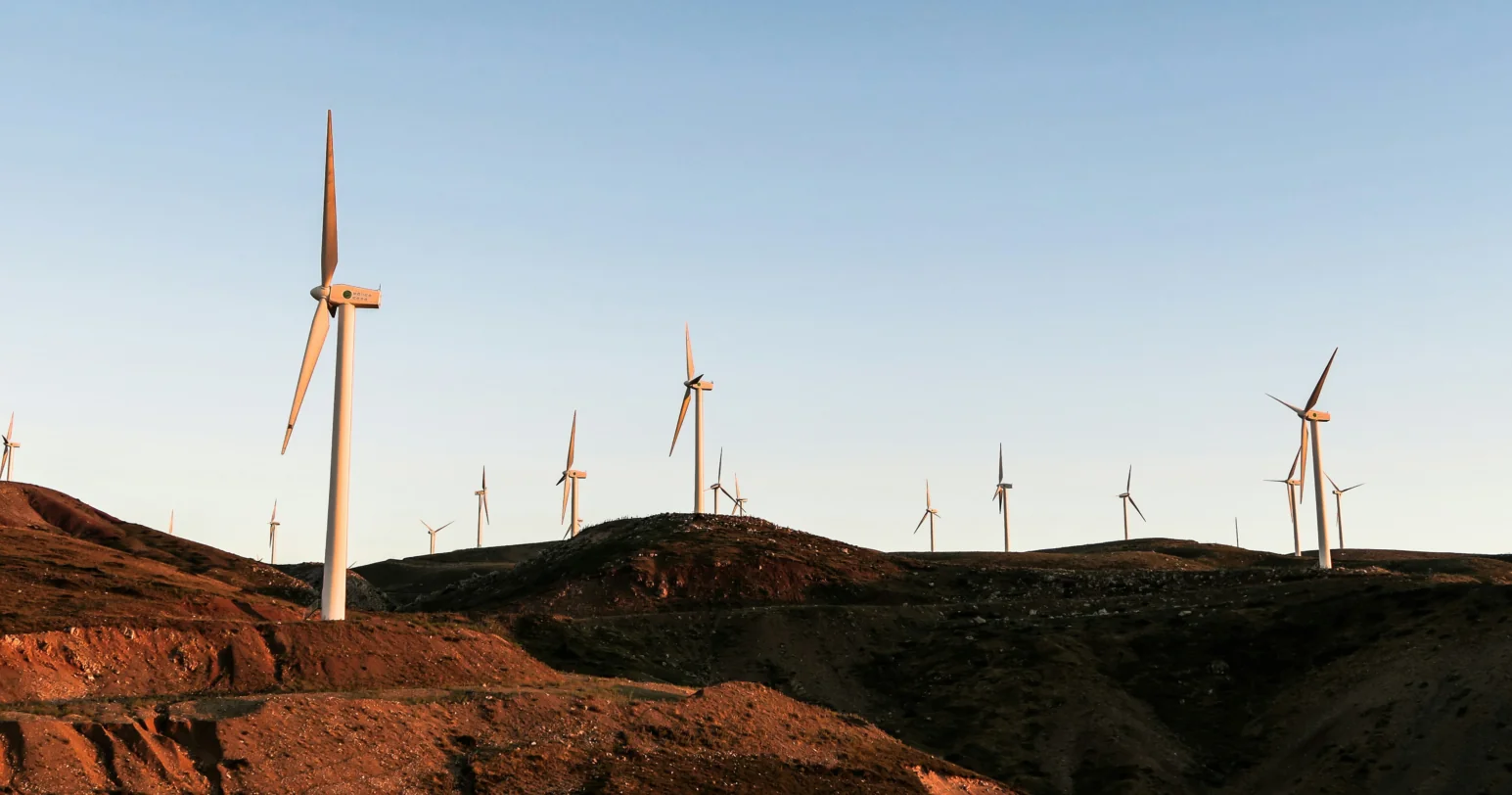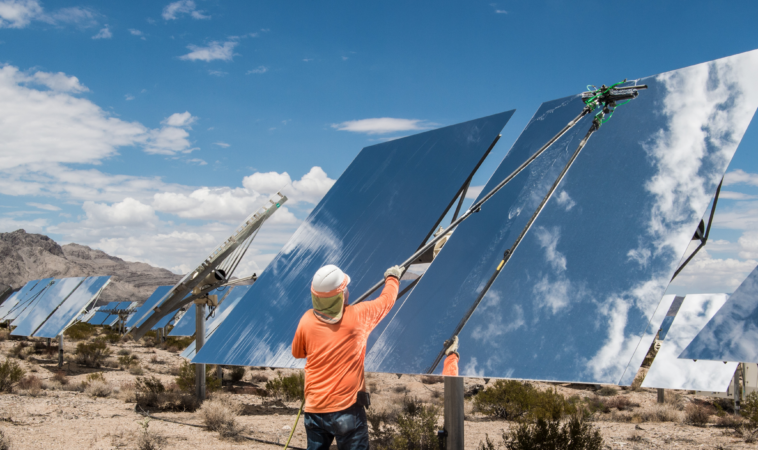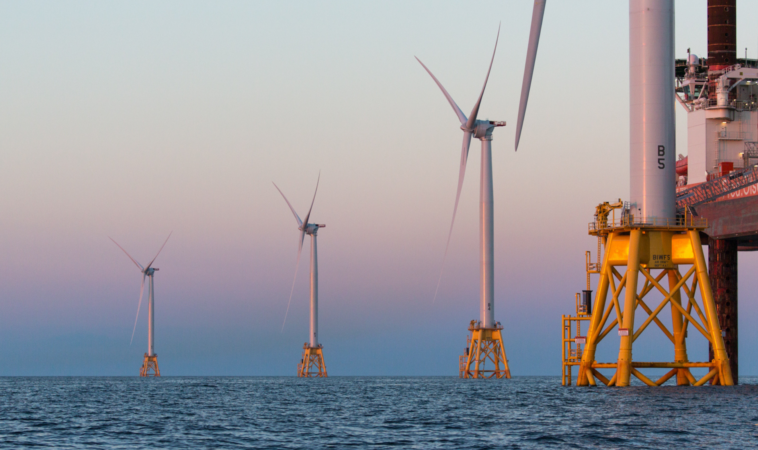
By Paul Bodnar at Rocky Mountain Institute
Matt Gray at Carbon Tracker Initiative
Steve Herz at Sierra Club
Renewable energy and storage is now so cheap that switching the world from coal to clean power would pay for itself by 2022 and would save over US$100 billion annually by 2025, shows a new report released on 30th June by PPCA partners Rocky Mountain Institute and the Carbon Tracker Initiative, as well as the Sierra Club. Replacing uncompetitive coal with clean energy would free up resources to pay for a just transition for workers and communities, as well as help reboot economies, create new jobs, improve health, and reduce carbon emissions, boosting the COVID-19 recovery.

Based on a global analysis of nearly 2,500 coal plants, we find that simply continuing to operate 39% of existing coal capacity worldwide is already more expensive than building new renewables and storage, even before the health and environmental costs of coal are considered. This number will nearly double to 73% in 2025, as both renewable generation and storage technologies are becoming less expensive every year.
Replacing uncompetitive, polluting coal with cheaper clean energy should be a no-brainer. Yet, despite coal’s declining competitiveness, long-term contracts and noncompetitive tariffs insulate coal plants from competition with cheaper renewables, meaning that countries are stuck operating them.
We present a three-step plan for how governments and public finance institutions – such as green banks, multilateral and national development banks, and development finance institutions – can accelerate the retirement and replacement of coal power and spur a just transition toward a cleaner and more resilient energy future.
The first step is to refinance coal assets to pay off investors whose returns currently depend on the coal plant continuing to operate. Recommended refinancing mechanisms include asset-backed securitization, ratepayer-backed bond securitization, and green bonds – tools that free up capital that would otherwise be locked in coal assets.
The second step is to reinvest part of the new capital raised through refinancing in clean resources to allow coal plant owners and investors to replace coal returns with clean returns. The third step is to use part of the new capital to support a just transition of workers and communities.
How much would this plan cost? For plants that are already uncompetitive today, phasing-out and replacing them requires little or no additional public funds and brings substantial savings.
For example, in the European Union, 81% of the coal fleet is already uncompetitive, rising to the entire fleet in 2025. If Europe’s uncompetitive coal were retired and replaced this year, consumers would save US$10 billion each year going forward. That number would rise to US$15 billion if these plants were retired and replaced in 2022, and US$21 billion in 2025.
Phasing out the 60% of global coal capacity that is still competitive today may require additional public resources, but only in the short-term. These resources can be provided through incentive-based concessional finance tools, such as carbon bonuses (payments for emission reductions) or debt forgiveness allocated via reverse auctions.
Replacing coal power will not be without short-term costs in some regions, but globally, the three-step plan presented in the report has the potential to bring over US$100 billion in annual net savings if completed in 2025.
These funds can be used to support workers in coal industry to reskill and transition to sustainable sectors.
Now is the perfect moment for governments and public finance institutions to take action – the need to allocate stimulus spending as part of COVID-19 economic recovery presents a special opportunity to accelerate the coal-to-clean transition. The proposed measures will not only save money, but also boost efforts to build a more stable, sustainable, and resilient world post-COVID-19. Given how long it can take to negotiate phase-out agreements, the time to start structuring these deals everywhere is now.
This article is part of a PPCA special insight series on the coronavirus crisis and its impact on the transition away from coal power generation.





